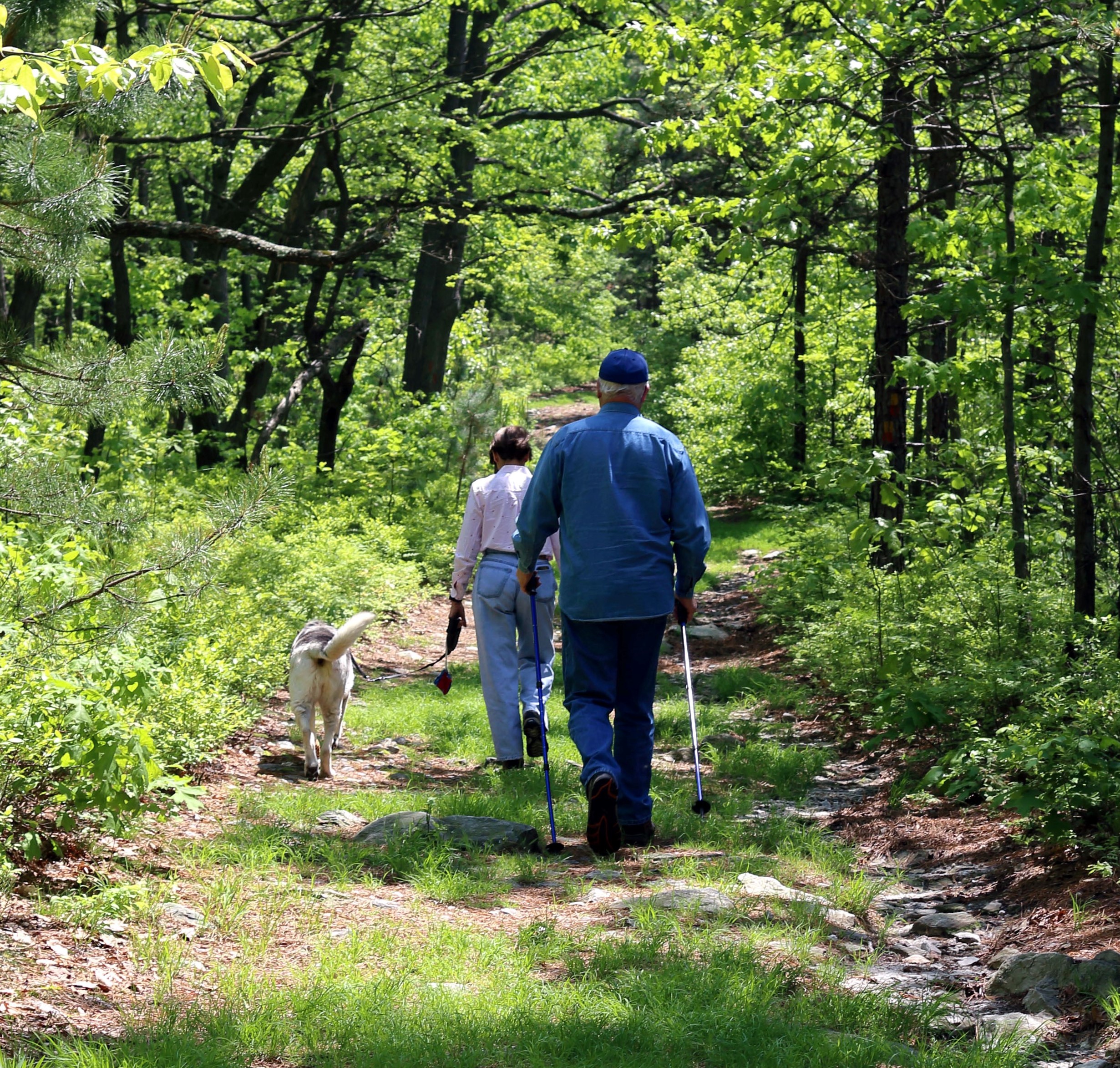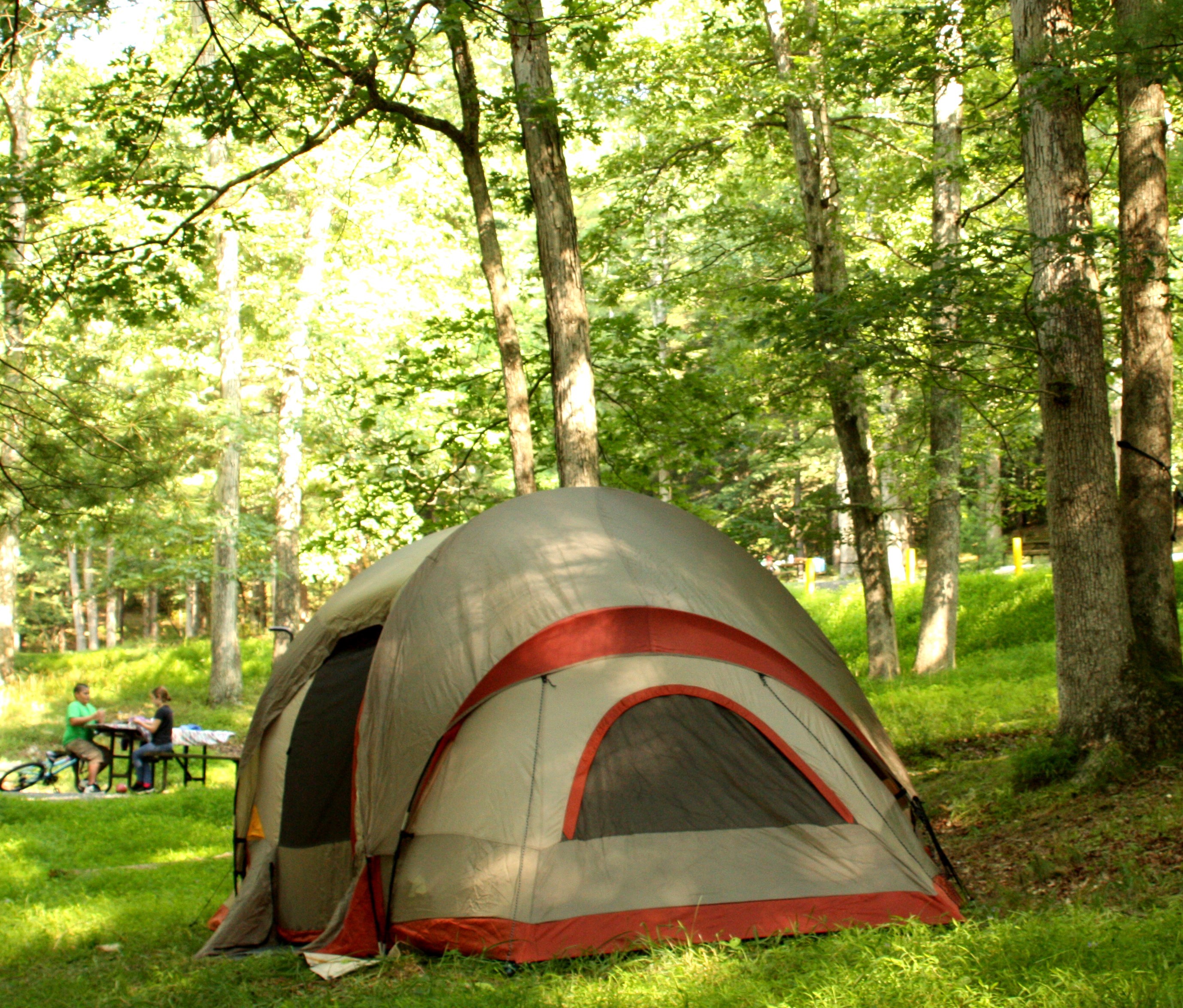Overview
Cornplanter State Forest is named in honor of Chief Cornplanter, Native-American leader of the Seneca tribe, who maintained peace between the fledgling United States government and the Iroquois from 1784 to 1812.
Today, Cornplanter State Forest covers 1,585 acres in:
- Forest County
- Crawford County
- Warren County
Explore Cornplanter State Forest
Jamison Run Road and Dawson Run Road Closure
The Pennsylvania Department of Transportation has closed part of Jamison Run/Dawson Run Road due to significant erosion issues.
Cornplanter State Forest’s motorized campsite is still accessible from the northern access of Jamison Run Road.
Chronic Wasting Disease
Chronic Wasting Disease, which is an always fatal disease to deer and elk, has been detected in all, or portions of Bald Eagle State Forest.
Hunters should be aware of special rules and regulations that apply to deer harvested within the Disease Management Area. It is recommended that those deer be tested for the disease.
More information about chronic wasting disease can be found on the Pennsylvania Game Commission and the Pennsylvania Department of Agriculture websites.
In addition, the Pennsylvania Game Commission provides information about deer processors in the Disease Management Area.
Road and Trail Advisories
Due to oil development, trails in the eastern portion of the Hunter Run Division are being affected by road construction as well as increased traffic. Visitors should proceed with caution in areas of drilling activity.
Don’t Move Firewood
To help protect the forest from invasive insects that can kill trees and devastate the ecosystem, please do not transport firewood over long distances. Firewood can harbor insects such as emerald ash borer.
Cut or purchase your firewood where you intend to burn it.
The Department of Conservation and Natural Resources Bureau of Forestry manages our state forests for their long-term health and productivity while conserving native wild plants.
These forests are managed as “working forests” and provide a suite of uses and values to Pennsylvania citizens, while maintaining the forest’s wild character.
Our state forests are managed for:
- Pure water
- Recreation
- Scenic beauty
- Plant and animal habitat
- Sustainable timber and natural gas
- Many other uses and values
The management of our state forests is guided by the State Forest Resource Management Plan.
A district-level state forest resource management plan is written for each of the bureau’s 20 forest districts across the state.
Using public input and building on the statewide 2016 management plan, the Bureau of Forestry revised and completed a new Cornplanter State Forest Resource Management Plan (PDF), setting district-level management priorities.
View the 2024 Cornplanter State Forest management activities (PDF) for upcoming projects and events to implement the State Forest Resource Management Plan.
Local state forest harvest schedules promote and maintain desired forest landscape conditions while providing a sustainable flow of forest products.
The Bureau of Forestry has adopted “ecosystem management” as its principal strategy for managing state forests.
This approach seeks to conserve the natural patterns and processes of the forest while advancing long-term sustainability.
Ecosystem management promotes the conservation of plant and animal communities and the landscapes and habitats that support them.
It also accounts for needs and values of people and communities.
This results in a holistic, integrated approach to managing forest resources.
As you travel throughout the state forest, you’ll see examples of our forests “at work.” Some of these management practices are more noticeable than others, such as:
- Active timber harvests
- Deer exclosure fences
- Natural gas drilling sites
- Prescribed fires
- Spongy moth (formerly known as gypsy moth) spraying
Others are more subtle, such as the:
- Protection of a vernal pool
- Buffering of a stream from timber harvesting
- Setting aside of a special area to conserve its wild character or protect a rare plant community
Each of these management practices and activities play a vital role in the management and conservation of our state forest system.
Pennsylvania’s 2.2-million-acre state forest system is one of the largest dual certified forests in North America.
The forest is certified under Forest Stewardship Council™ and Sustainable Forestry Initiative© standards.
The Forest Stewardship Council™ is an independent organization supporting environmentally appropriate, socially beneficial, and economically viable management of the world’s forests.
Sustainable Forestry Initiative© certification focuses on protection of water quality, biodiversity, wildlife habitat, species at risk, and forests with exceptional conservation value.
Dual certification ensures that Pennsylvania’s state forests are managed to the highest third-party standards.












